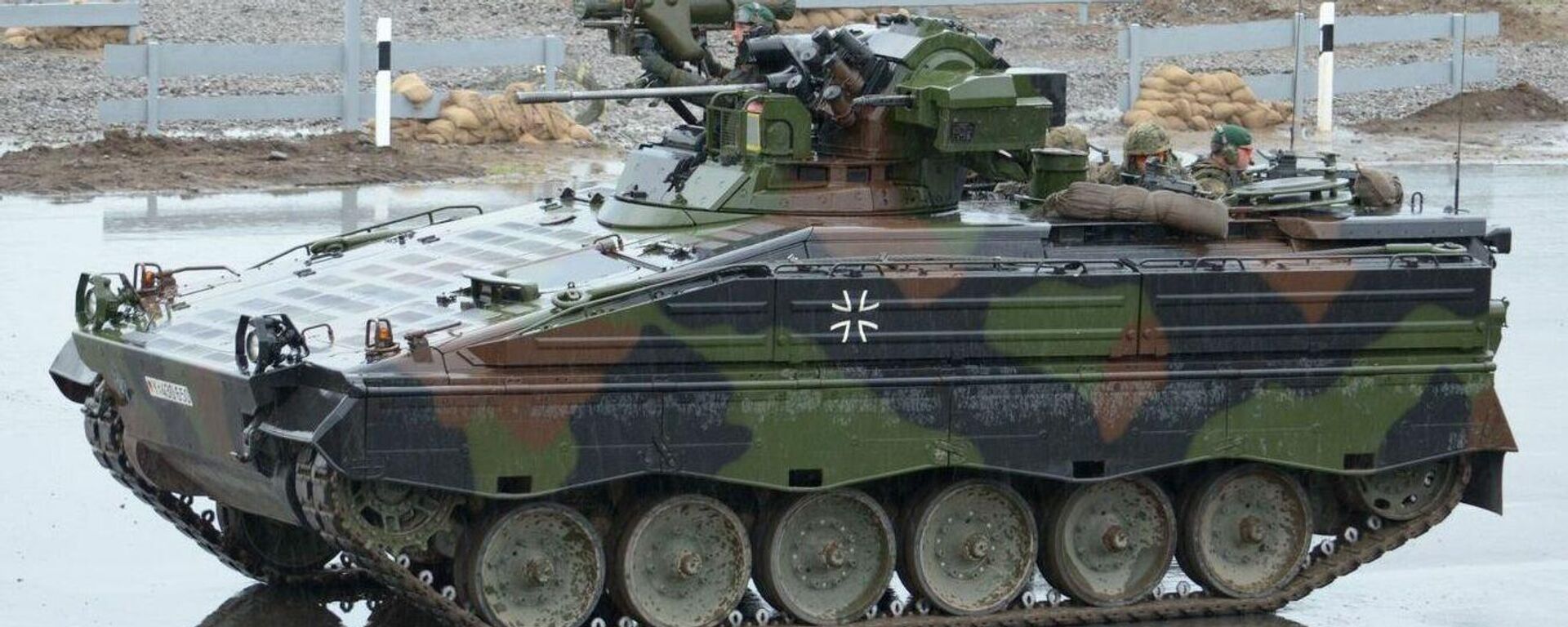Russian Deterrence Is Prevailing Over Western Escalation in Ukraine
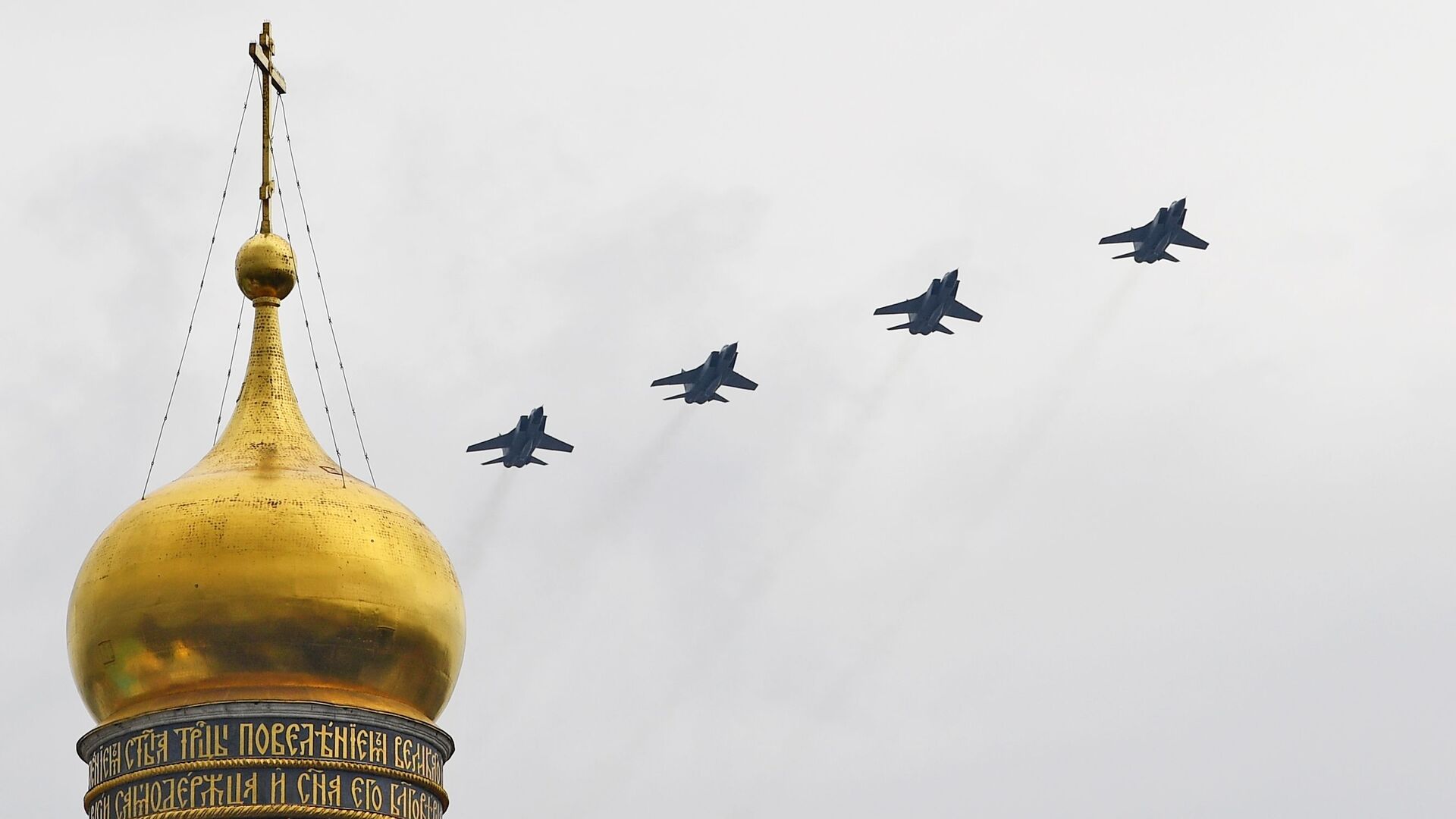
© Sputnik / Alexey Mayshev
/ Subscribe
The US is continuing to increase its direct involvement in the Ukraine conflict by supplying more long-range missiles to the Kiev regime, and the Russian military is increasing its skills in countering such weapons.
On September 26, Boris Obnosov, the CEO of Tactical Missiles Corporation, reported to Russian Ministry of Defense (RuMoD) Chief, General of the Army Sergei Shoigu, that "over the last six months, the output volumes of high-precision means of defeat have been increased twofold, and for certain nomenclatures of products, 3.5 and 5 times. The output volumes have increased due to modernization of production, increase in the number of personnel, increase in labour productivity and transition to a 24/7 working schedule."
The CEO's report elegantly illustrates how Russia is effectively countering escalatory weapons supplies by the US and NATO to Ukraine. Relying on its own economic strength and military industrial complex capability, Russia is ramping up the production and development of its own weapons.
Russia's response is rooted in deterrence, not escalation. Through a buildup of its own military capability, Russia aims to deter a NATO intervention in the conflict while remaining focused on the aims of its Special Military Operation (SMO) in Ukraine.
Every time Ukraine gets weapons from the west it plunges further into debt, relinquishes more of its sovereignty and grows weaker. Every time Russia is forced to increase its military capability to counter Western weapons supply, Russia grows stronger and moves closer to achieving its aims to denazify and demilitarise Ukraine.
Why Deterrence Works Better
Deterrence is aimed at achieving war aims / peace with minimum human suffering, while escalation is aimed at achieving war aims through increased human suffering. The West prefers escalation because human suffering is confined to the Ukrainian people. Russia prefers deterrence because Russia considers Ukrainians as its own people.
After initially acknowledging the escalatory potential of the supply of weapon systems such as Abram MBT, ATACMS, and F-16, US and NATO leaderships have one by one backtracked on their previous assessment in the face of the strength displayed by Russia.
The Futility of Western Escalations
Western escalations have mostly involved giving increasingly dangerous weapon systems to Ukraine which have the potential to cause pain to Russian forces but in no way give Ukraine a substantial advantage on the battlefront.
© Sputnik
Take for example the supply of the very expensive Storm Shadow and Scalp cruise missiles. Ukraine has launched scores of them against targets in Crimea. Most of them were shot down by Russian air defences. A few managed to hit targets such as bridges, warships in dry docks and buildings, resulting in the deaths and injuries to many non combatants. The bridges, buildings and warships struck have been or will be restored. The irony is not one attack helped Ukrainian forces advance an inch on the battlefront in the ongoing counteroffensive, which continues to remain stalled nearly 4 months since its start on June 4!
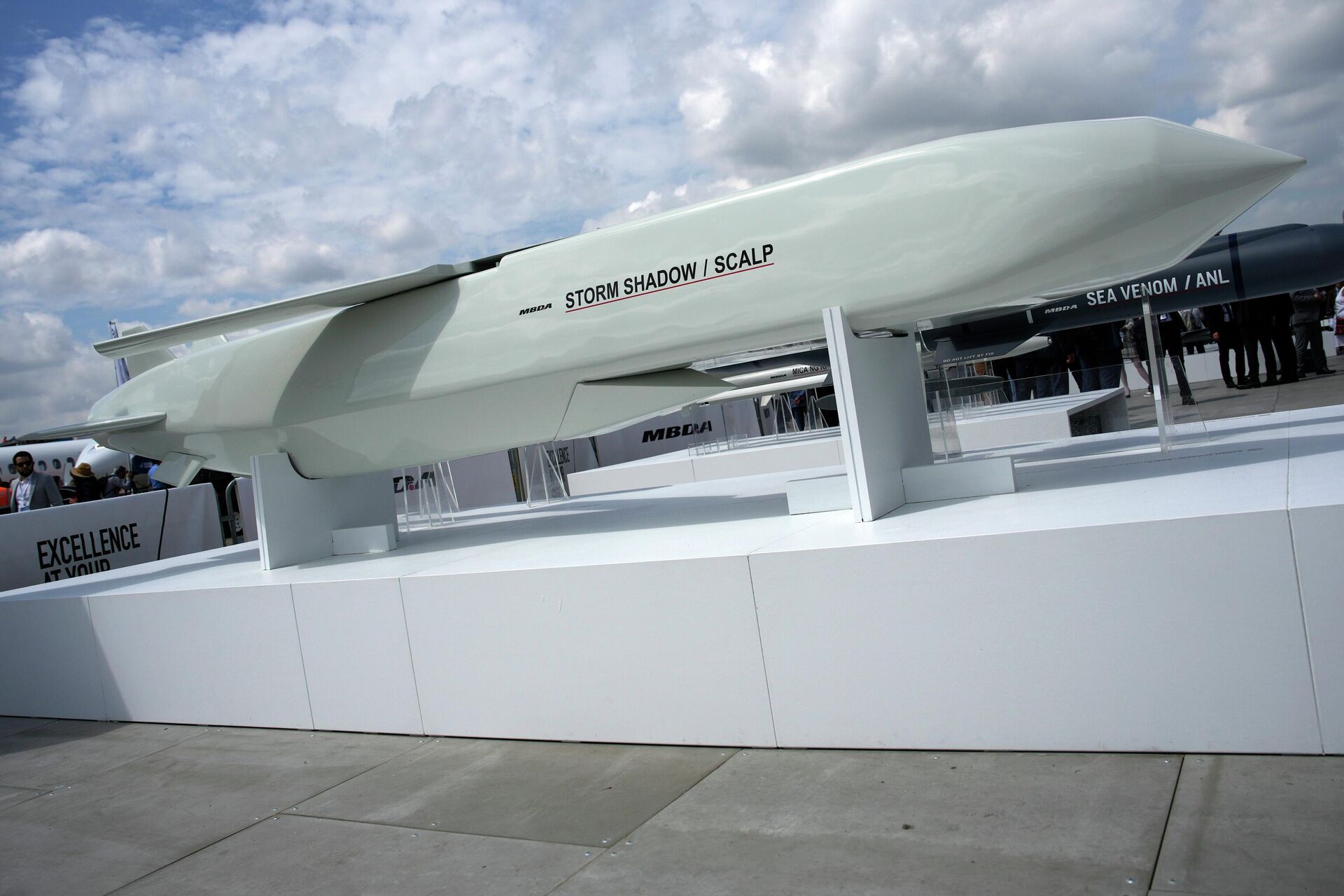
The Storm Shadow cruise missile is on display during the Paris Air Show in Le Bourget, north of Paris, France, Monday, June 19, 2023. France will deliver deep-strike missiles to Ukraine as part of increased efforts to help with the Ukrainian counteroffensive against Russian forces, President Emmanuel Macron said Tuesday July 11, 2023 at the NATO summit in Vilnius. France has been weighing whether to send Scalp missiles, the equivalent of the British Storm Shadow missiles, to Ukraine.
© AP Photo / Lewis Joly
Russia's response to the escalations has been measured deterrence. Russia continues to strike targets that are relevant to the success of its SMO.
Instead of retaliation with indiscriminate missile strikes, Russia has focused on minimising Storm Shadow attacks through
1.
Improved the software of its Air Defense (AD) systems. 2.
Deployment of Krasukha EW systems to thwart radar imaging of targets by US/NATO SAR equipped drones, aircraft and satellites. 3.
The use of aerosol spray artillery shells to cloak potential targets from the optical seeker on Storm Shadow and analog missiles. 4.
Mounting relentless counter air operations on Ukrainian air bases involved in missile attacks on Crimea.Russian Armed Forces have repeatedly struck the home base of the Storm Shadow launch platform Su-24M at Starokonstantinov, as well as forward air bases at Dolgintsevo near Krivoy Rog in Dnepropetrovsk region and Kulbakino near Nikolayev used to stage missile attacks.
© Sputnik
Learning From Experience Russia Keeps Getting Stronger
US and NATO leaders have clearly and repeatedly articulated their rationale for supporting Ukraine - They want to weaken Russia without putting their own soldiers in harm's way.
Ironically, Russia may be losing soldiers, but Ukraine, a US and NATO ally, is estimated to be losing an estimated 5x to 10x more soldiers.
Even worse for the West, as mentioned earlier, Russia is getting stronger, not weaker.
Russian restraint during the SMO will pay long term dividends through gradual erosion of Western military and financial power, as well as geopolitical stature.
How Russia Is Inexorably Gaining Military Might
Russia is tweaking its weapons based on the battlefield experience of its forces in Syria and Ukraine. It's also developing new weapons based on the experience of its forces during the SMO.
A few examples of weapon systems field tested and refined during the Syrian campaign and the ongoing SMO include:
1.
The Strelets KRUS (Kompleks Razvedki Upravleniya i Svyazi) Battlefield Management System 2.
Su-57 5th Generation Fighter 3.
Su-34 Frontline Bomber 4.
Ka-52M & Mi-28N Attack Helicopters 5.
Orion-E MALE UAV 6.
Tu-214R ISR aircraftThe Strelets KRUS entered service with the Russian Armed Forces in 2020. The system encompasses communications, data transmission, individual and group navigation; detection, coordinate measurement, and recognition of targets; as well as guidance to a target.
Information being transmitted from the KRUS interfaces with all Russian reconnaissance, surveillance, and target-designation complexes; as well as radars; rangefinders; clinometers; and UAVs.
You need a system like the Strelets to strike a Ukrainian fighter that is staging through a forward airbase, loading fuel and ammunition, for an attack because you literally have minutes to carry out the strike.
The RuMoD ordered modernisation of the Su-34 in 2018 based on the combat experience gained by the Russian Aerospace Forces during the Syrian campaign.
Using the combat experience gained during the Syrian air campaign, the RuMoD initiated modernization programs of the Mi-28N and Ka-52.
The combat experience that is going into Russian weapon systems will eventually make them the best in the world.
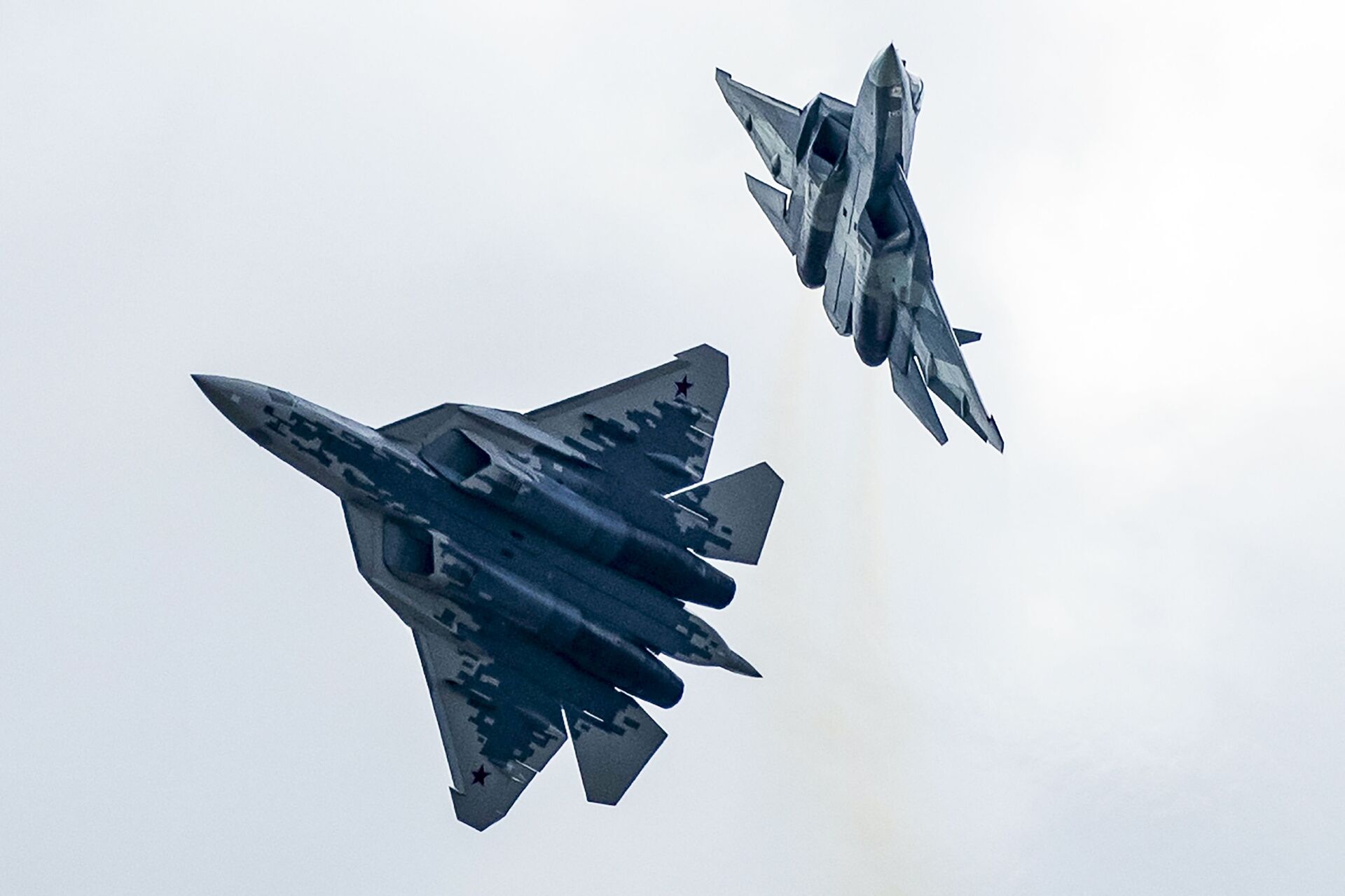
Su-57 fifth-generation fighter jets in Zhukovsky
© AP Photo / Pavel Golovkin
New Russian Weapon Systems Honed For SMO
Besides tweaking its existing weapons for greater effectiveness Russia has developed and is developing new weapon systems based on combat experience.
Since the start of the SMO, Russia has developed several low cost weapon systems that have wreaked havoc on Ukrainian forces these include:
1.
Lancet Kamikaze Drones 2.
UPMC (Universal Planning & Correction) bomb kits 3.
Product 53 Kamikaze DronesThe Lancel (Product 51 & Product 52) family of drones enabled Russia to negate Ukraine's initial advantage, based on Western supplied kamikaze drones. The ability of Lancet drones to autonomously recognize targets has now given Russian forces a very credible edge over the adversary.
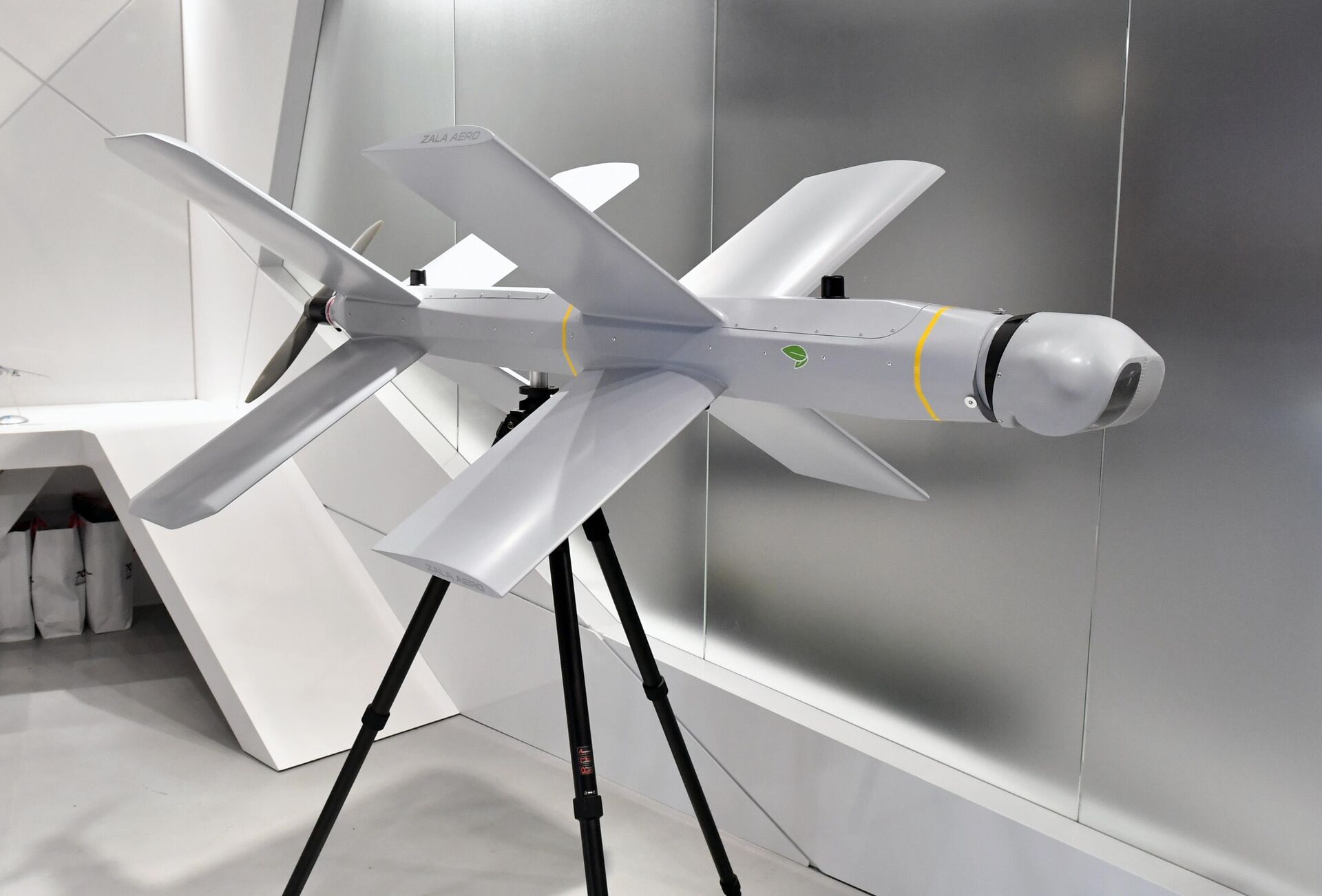
© Sputnik
/ The UPMC precision guidance and glide kits have given the RuAF an advantage that Western technology cannot counter. The serial production of the kits and software modifications to enable the Su-34 frontline bomber and the Su-35 fighter to release the kitted bombs, has given the RuAF the ability to convert its very large inventory of 'dumb' iron bombs with little stand off range into precise glide bombs with around 70 kms range.
The Lancet kamikaze drones and UPMC bombs have become the two weapon systems most feared by Ukrainian forces.
Product 53, developed by Aero Scan and recently introduced into the SMO, is a kamikaze drone with longer range than the Lancet (Product 51 & Product 52) drones. Product 53 is capable of swarm operations. The drones can relay information between themselves about potential targets and their concentration; and attack fully autonomously, choosing targets from pre-set categories.
A Product 53 drone is believed to have damaged a Ukrainian air force MiG-29 fighter on the tarmac at Dolgintsevo air base near Kryvyi Rih on September 19. The target was estimated to be around 70 km from the launch point of the drone.
Extended Range MLRS
On September 26, Boris Obnosov, the CEO of Tactical Missiles Corporation, presented a report to RuMoD Chief, General of the Army Sergei Shoigu, on the progress of a project to develop a highly mobile MLRS equipped with guided rocket projectiles with enhanced accuracy characteristics and guided interchangeable glider munitions.
It appears that the MLRS will be able to launch rockets that will initially fly a ballistic trajectory and then glide to their target considerably extending range and making interception more difficult through the switch to a non-ballistic trajectory!
The Russian MLRS under development will allow Russia to strike deep into Ukrainian territory rendering forward Ukrainian Air Force bases unusable.
Limitations of Western Weapons
US and NATO weapons being handed over to Ukraine are not honed to the context of the SMO; they were invariably developed for a different purpose or a different type of adversary. For example, the Patriot MM-104 Missile System was developed to address the threat from ballistic missiles, not hypersonic missiles capable of manoeuvring. The NASAMS and IRIS-T are effective against subsonic aircraft and cruise missiles. They are totally ineffective against large iron bombs fitted with glide kits such as the FAB-500M62. The flight time of these bombs is too short for effective radar tracking and their cast iron casing is too thick to be affected by fragments from a missile warhead exploding nearby.
Even the Storm Shadow is not a cost effective weapon in highly contested airspace. Its 20% to 30% success rate against targets in Crimea is largely attributable to active US/NATO participation in Storm Shadow attacks.
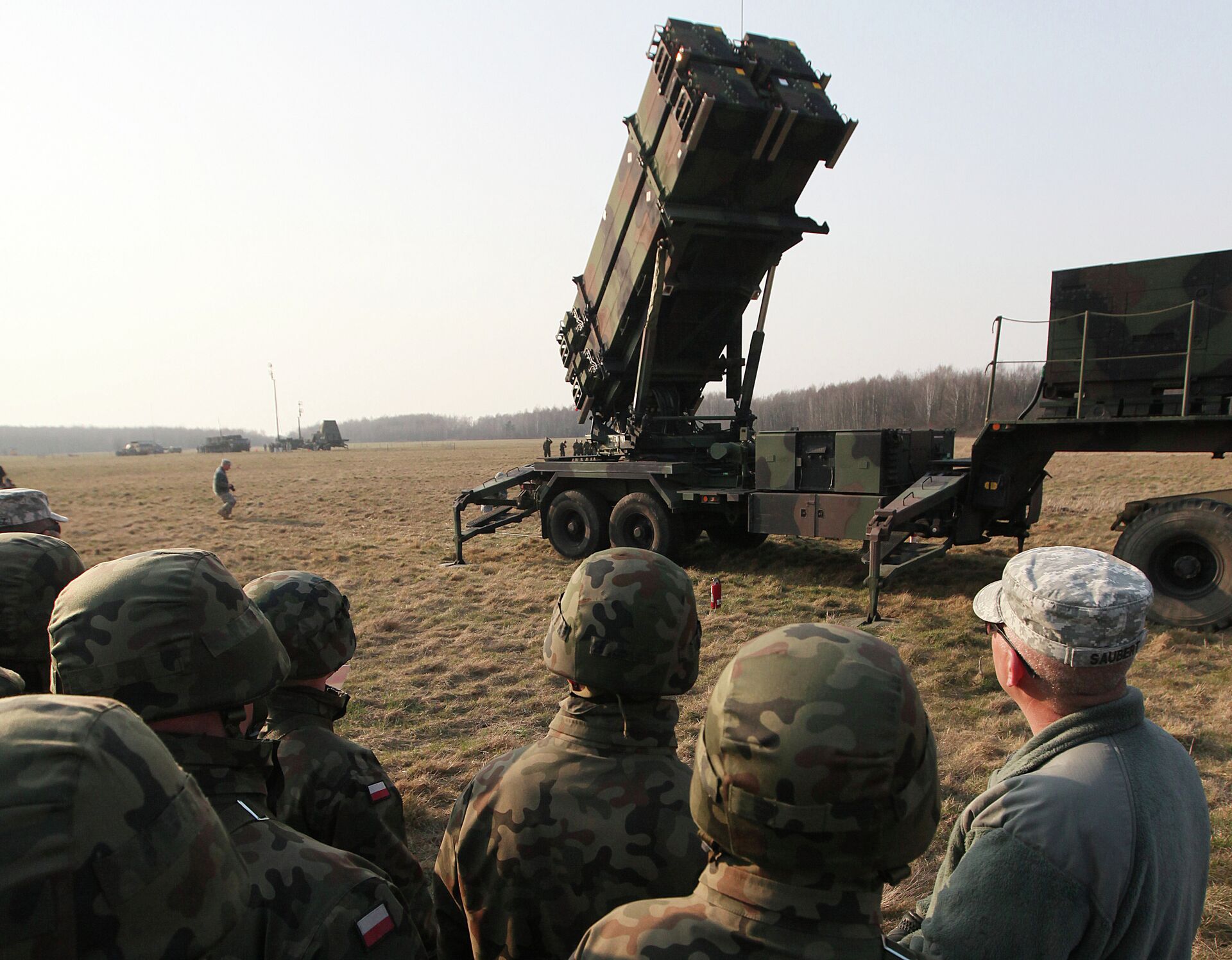
U.S. troops from 5th Battalion of the 7th Air Defense Regiment are seen at a test range in Sochaczew, Poland
© AP Photo / Czarek Sokolowski
US/NATO Actively Fighting Russia
On September 23, speaking at a press conference on the sidelines of the 78th session of the UN General Assembly, Russian Foreign Minister Sergei Lavrov said Western countries are actually at war with Russia under the guise of supplying arms to Ukraine, providing intelligence and assistance in training troops.
The Minister was not exaggerating. If at all, he was understating facts, once again with intent to deter, not escalate.
Typically, approximately 80% of the effort behind a coordinated Storm Shadow strike on Crimea, like the one on September 13 which resulted in repairable damage to Black Sea Fleet warships, is that of US/NATO military personnel.
Of the hundreds of military personnel who participated in the strike, only a handful would have been Ukrainians – say the pilots and some Su-24M technicians. The rest would have been US/NATO personnel, including pilots and crew of US/NATO RC-135, Su-24M, RQ-4 and other ISR assets that gathered the intelligence data used to plan the strike over many days of flying; and data analysts in US and NATO nations who identified:
1.
Possible targets through analysis of the data gathered by ISR assets. 2.
Radar and communication frequencies being used by Russian AD systems. 3.
Locations and state of readiness of Russian AD systems.Other US personnel in leadership positions would have helped select the target, plan the routing of the aircraft and missiles. Technicians from the UK, based at Starokonstantinov airbase in Ukraine, would have programmed the Storm Shadow missiles to follow a specific route and attack a particular target.
Factor in the cost of the above efforts and add to that the $3 million cost of each Storm Shadow. It's unlikely the total cost of the strike would be less than the cost of repairing the warships.
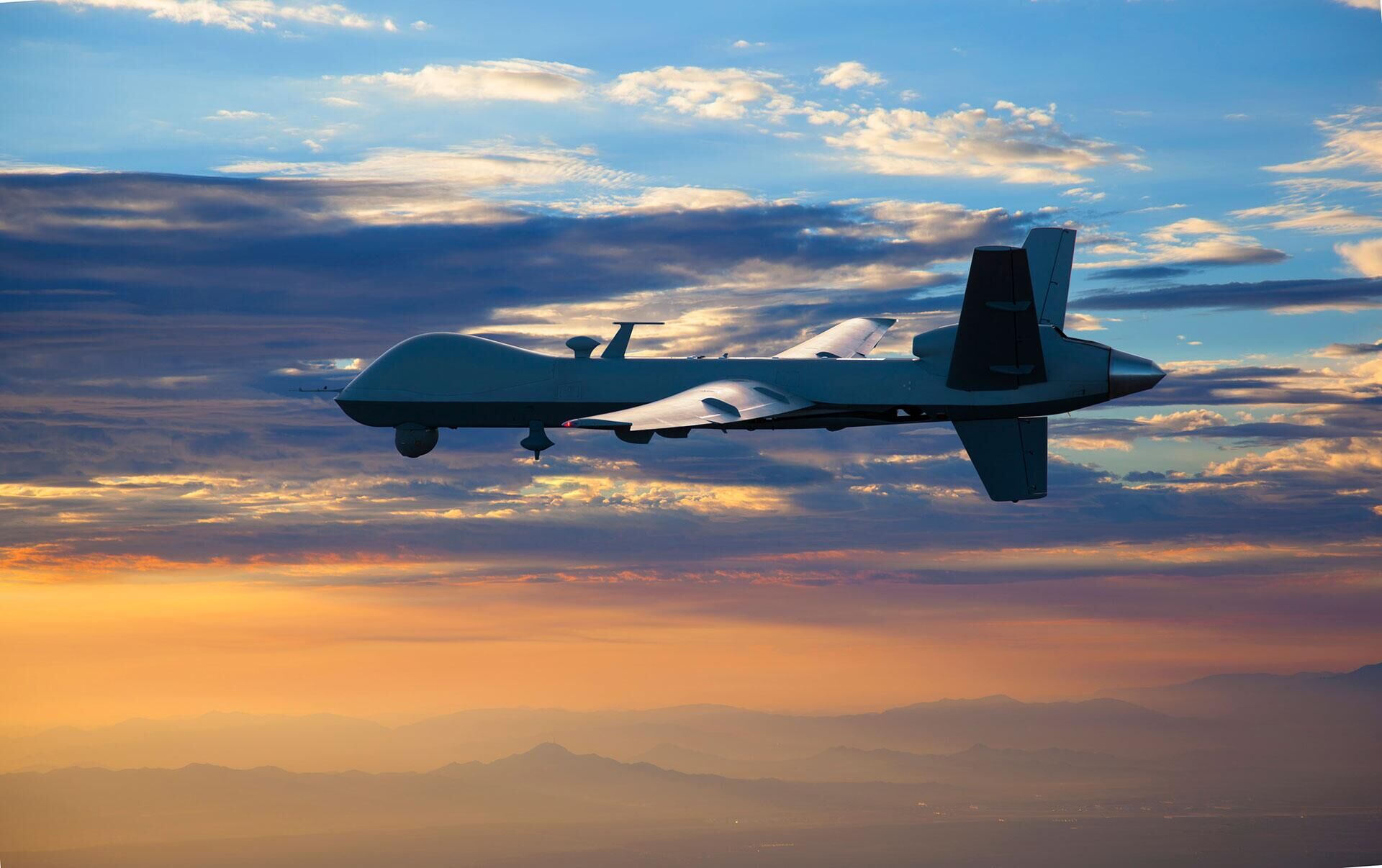
MQ-9 Reaper
© The Mitchell Institute for Aerospace Studies
Conclusion
The Indian Army adheres to ten principles of war, the first and foremost of which is - Selection and Maintenance of Aim.
The aim is the intention of the operation being undertaken. It is selected carefully and articulated simply and directly. Once selected, the endeavour is to maintain it.
Russia's aim has been clearly and simply articulated - Denazification and demilitarisation of Ukraine. Russia's adherence to the prime principle of war has been exemplary.
Russia is not getting distracted from US, NATO and Ukrainian attempts to escalate the conflict because common sense rules that the Russian SMO will succeed.
